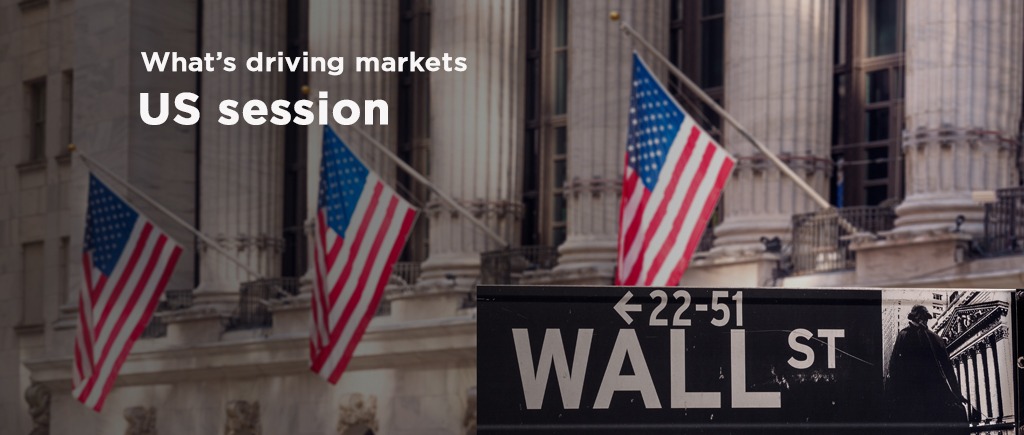For the second day in a row, the price of gold declines as month-end flows favor the US dollar despite declining US Treasury yields. However, September is expected to be the strongest month for the golden metal since March 2024, when prices increased by more than 9%. Monthly gains of more than 5.40% are anticipated for the metal. At $2,639, the XAU/USD trades down more than 0.6%.
As Jerome Powell, the chair of the Federal Reserve (Fed), was speaking before the 66th NABE Annual Meeting, Wall Street trades are uneven. Powell ignored the possibility of a 50 basis point (bps) rate reduction in the two policy meetings that the central bank still has to hold. Powell stated that there will be two more 25 bps cuts in 2024 if the economy develops as anticipated.
The US dollar, as measured by the US Dollar Index (DXY), increases 0.15% to 100.56, a headwind for the non-yielding metal. The Chicago National Activity Index, or Chicago PMI, improved for the third consecutive month despite still being in contractionary zone because to a weak US economic outlook.
After Israel bombed Hezbollah’s headquarters in Lebanon and killed its leader, geopolitical tensions are still high. Analysts claim that although bullion should continue to rise in value, it hasn’t taken off.
China’s economy is still in decline, which has prompted the government to take action. The People’s Bank of China (PBoC) is implementing further economic stimulus measures, which has caused money to pour into the country’s soaring stock market.
The Greenback started the week on a strong note in a context where investors’ prudence prevailed ahead of key data releases in the US economy, where the labour market is seen taking centre stage.
The US Dollar Index (DXY) reversed two consecutive daily pullbacks and tracked a substantial return to the region of the 101.00 level. Seconded by the ISM Manufacturing PMI, JOLTs Job Openings, and Construction Spending, the final S&P Global Manufacturing PMI is due. Bostic and Cook of the Fed are also scheduled to speak.
The initial breach of the 1.1200 barrier was not sustained by EUR/USD, and it ultimately gave in to the stronger tone in the Greenback. In both Germany and the euro zone, the final HCOB Manufacturing PMI and the preliminary inflation rate play a pivotal role. The ECB’s De Guindos and Schnabel will also be speaking.
GBP/USD traded in an irresolute fashion, settling around 1.3360 following an initial uptick past 1.3400. The final S&P Global Manufacturing PMI will be published.
USD/JPY left behind Friday’s strong retracement and managed to retake the 143.00 region and beyond following an early drop to 141.60. The Unemployment Rate and the BoJ Summary of Opinions will be in the spotlight.
AUD/USD extended its move higher north of 0.6900 and reached new YTD peaks mostly on the back of Chinese stimulus. The final Judo Bank Manufacturing PMI will be unveiled along with Building Permits, Retail Sales, Private House Approvals, and Commodity Prices.
A volatile session saw prices of WTI hover around $68.50 despite rising geopolitical concerns and extra stimulus in China.
Also Read:

 Noor Trends News, Technical Analysis, Educational Tools and Recommendations
Noor Trends News, Technical Analysis, Educational Tools and Recommendations




